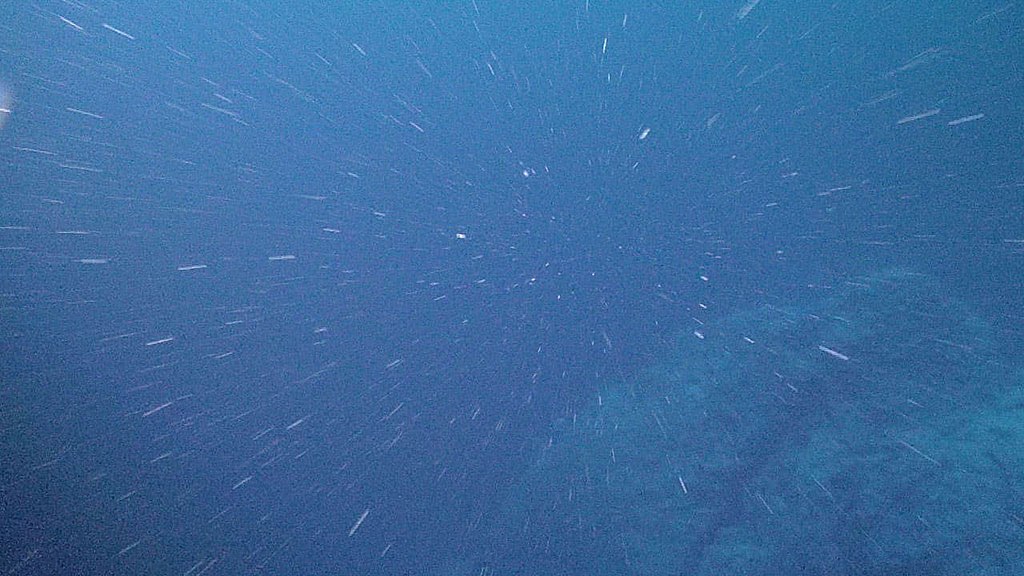

Radar altimeter is a sensor installed on the CryoSat-2 satellite measuring sea ice thickness above the water level (without the sea ice draft, which is below the water level). (B) Shrinking summer sea ice in the Arctic, as measured from space by the CryoSat-2 satellite (Image credit: European Space Agency and National Snow and Ice Data Center). The entire Arctic and the Antarctic Peninsula have become 2☌ warmer, which is much warmer than other regions (Image credit: National Aeronautics and Space Administration). Pink/red colors show where temperatures became warmer, and blue colors show where temperatures became colder.Figure 1 - (A) Temperature changes between two periods: 2000–2009 compared with 1951–1980.This phenomenon is called polar amplification. What is more, the Arctic and part of Antarctica have warmed more rapidly and strongly than other regions of the Earth. However, due to the recent warming of our planet, polar regions are also warming ( Figure 1A), and their snow and ice cover is shrinking ( Figure 1B). Although the two polar regions have different characteristics, they have one thing in common: they are both covered by snow and ice year-round, because they are very cold. Antarctica is a huge ice sheet, which is surrounded by the Southern Ocean. Northern regions of North America, Europe, and Asia also belong to the Arctic-they are covered by a lot of snow in winter and have permafrost, which is the permanently frozen ground. The Arctic also contains a huge island covered by ice, called the Greenland ice sheet. The Arctic is a vast ocean with large areas covered by sea ice, even in summer. What is Polar Warming Amplification?Įarth has two polar regions-the Arctic in the north, and the Antarctic in the south. In this article, you will learn how shrinking ice and snow, increasing clouds, and thinner ice help to warm the polar regions much more than other regions of the world. Various measurement techniques are used to discover how much the temperature, as well as sea ice and snow cover, have changed in the polar regions. Melting of snow and ice, disappearing glaciers, and rising global sea levels are evidence of the strong warming occurring in the polar regions.

The warming in the polar regions (the Arctic, and parts of the Antarctic) has been much higher than in the rest of the world. During the past several decades, our planet has warmed because people have added a lot of greenhouse gases to the atmosphere.


 0 kommentar(er)
0 kommentar(er)
